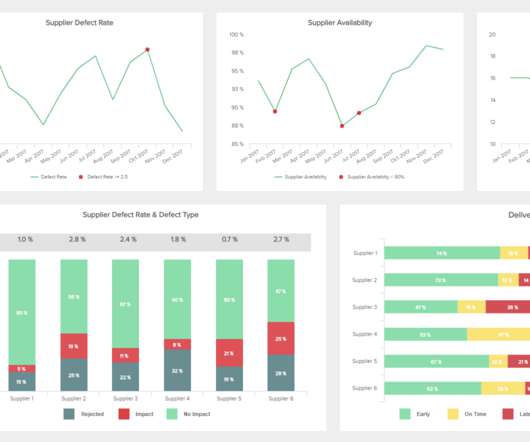What is data analytics? Analyzing and managing data for decisions
CIO Business Intelligence
JUNE 7, 2022
It comprises the processes, tools and techniques of data analysis and management, including the collection, organization, and storage of data. The chief aim of data analytics is to apply statistical analysis and technologies on data to find trends and solve problems.













Let's personalize your content